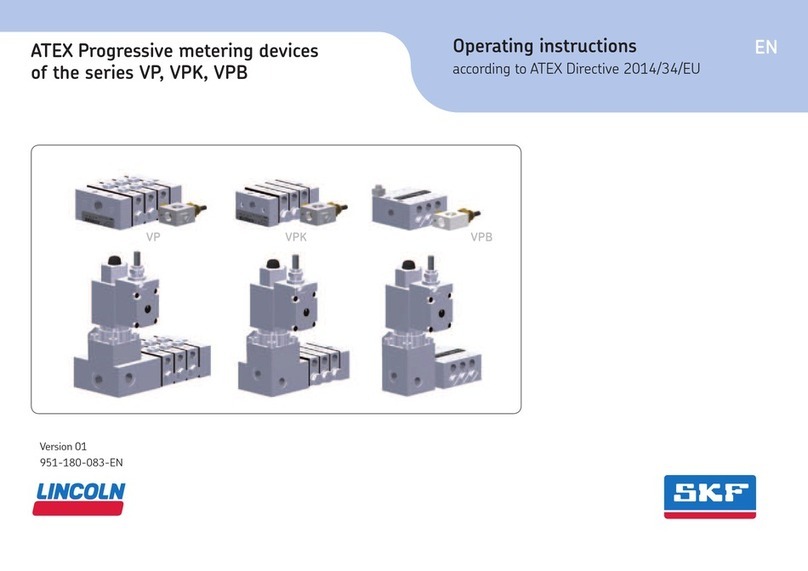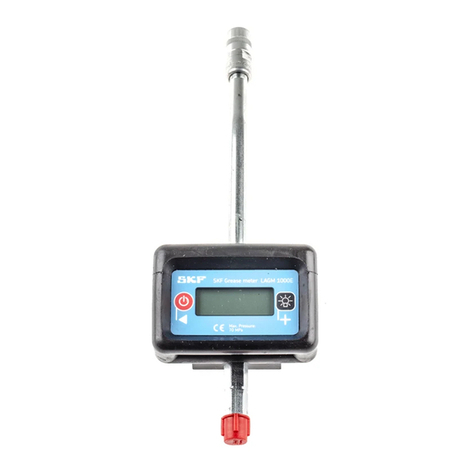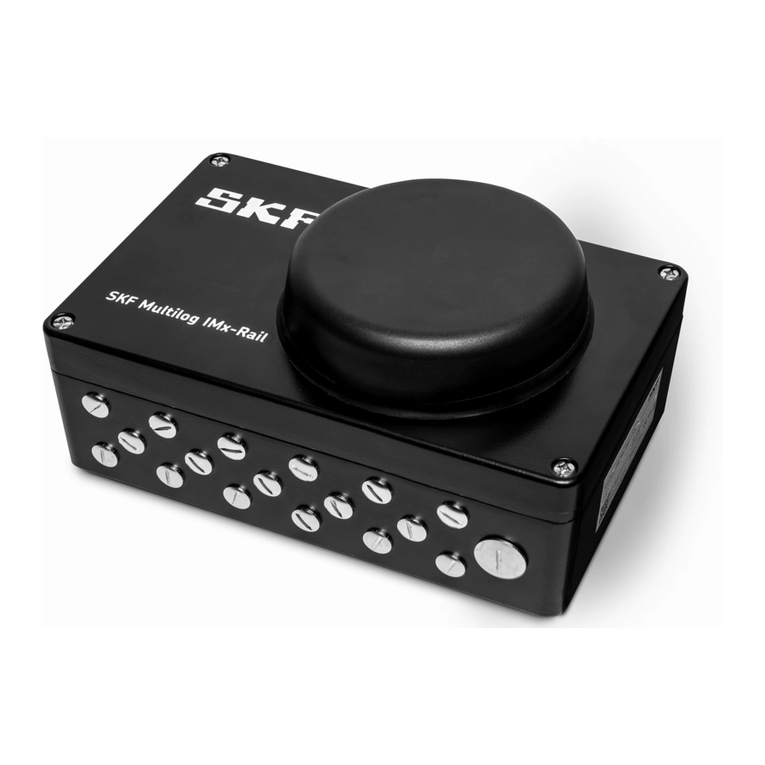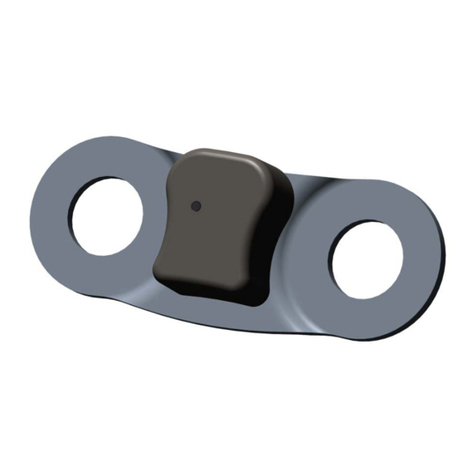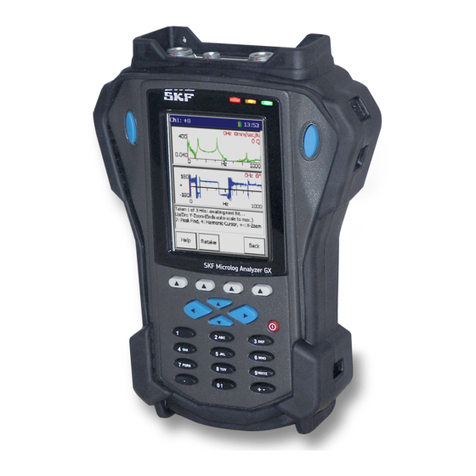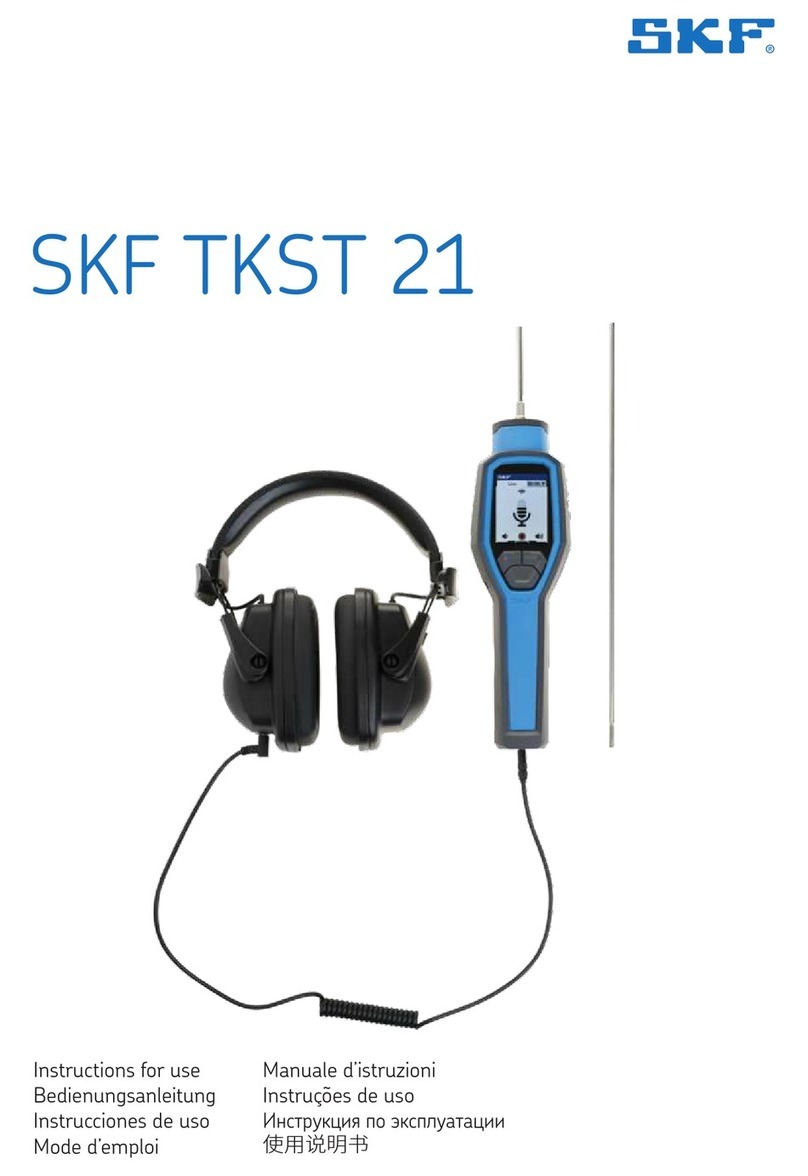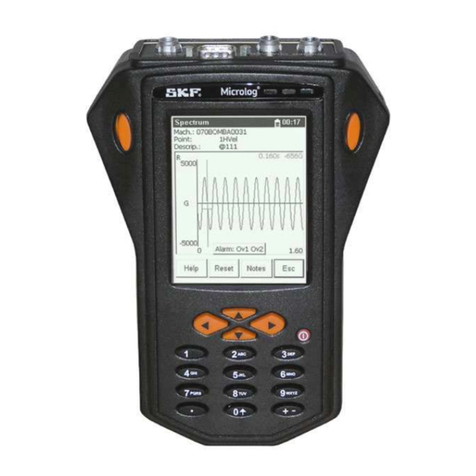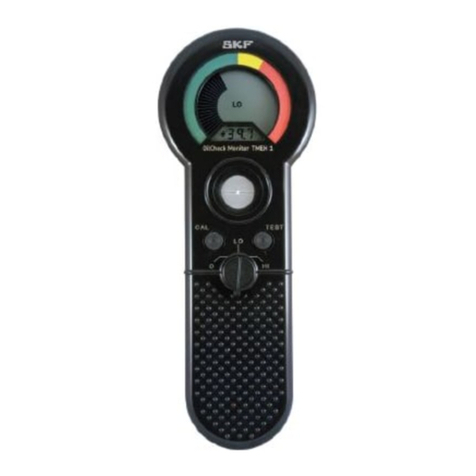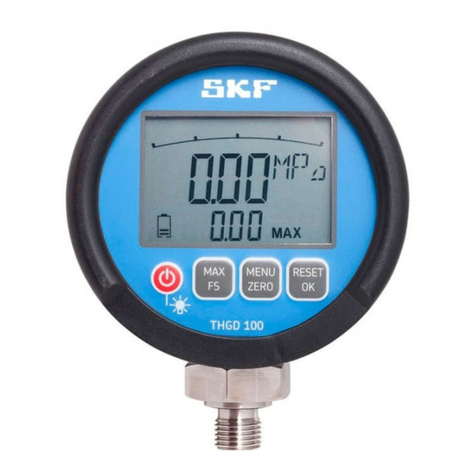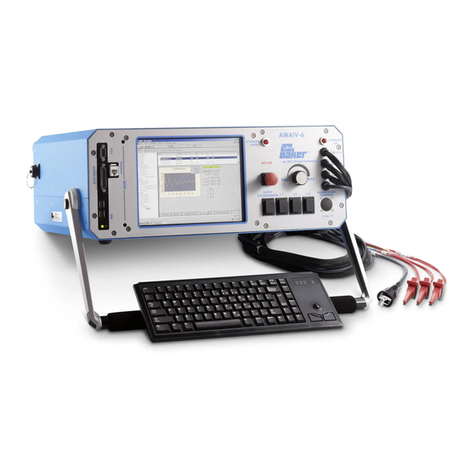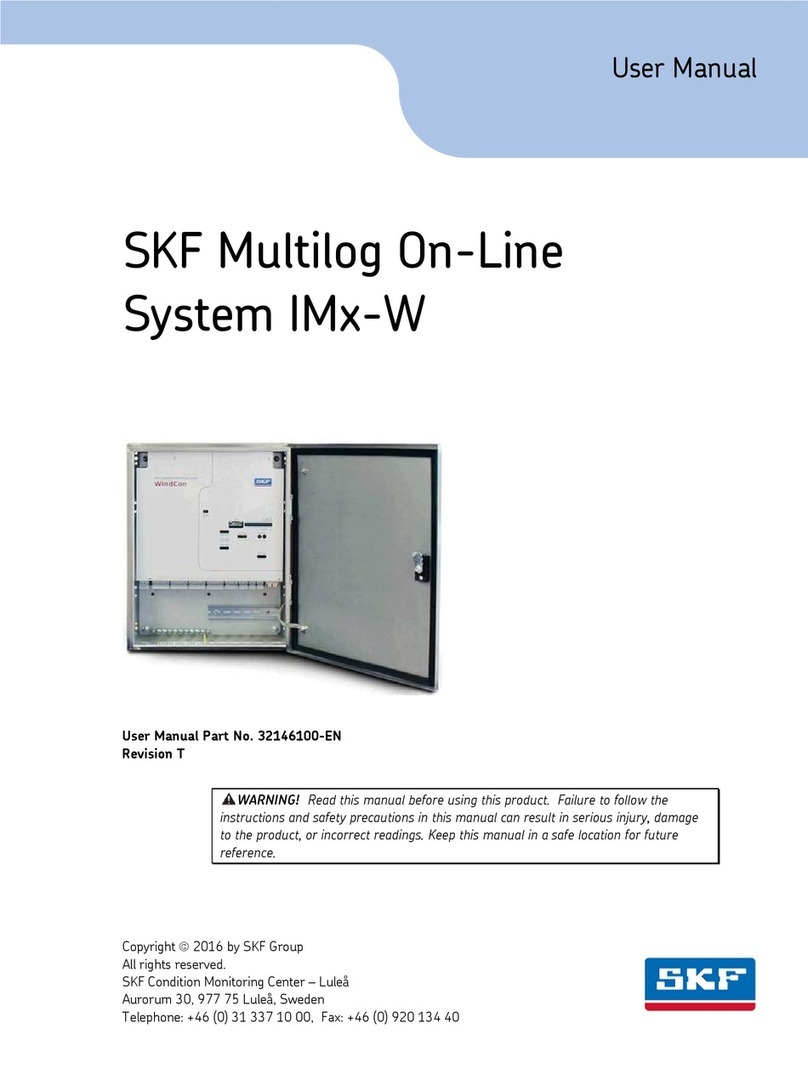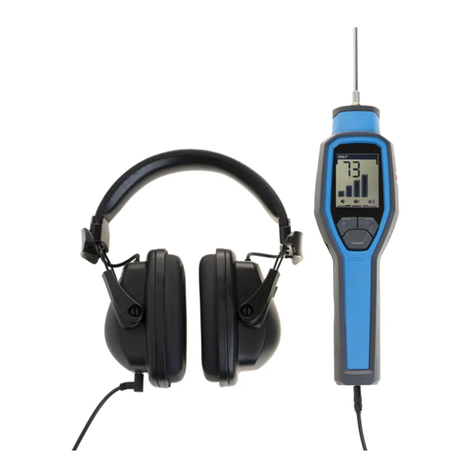
- 4 -
951-180-083-EN
Version 02
EN Table of contents
Table of contents
Masthead .......................................................................................... 3
Explanation of symbols and signs ....................................................... 7
1. Safety instructions ................................................................ 9
1.1 General safety instructions ....................................................................9
1.2 General behavior when handling the product .....................................9
1.3 Intended use ..........................................................................................10
1.4 Foreseeable misuse ..............................................................................10
1.5 Painting plastic components ...............................................................11
1.6 Modifications to the product ................................................................11
1.7 Prohibition of certain activities ............................................................11
1.11 Notes on the type plate ........................................................................12
1.12 Note on CE marking .............................................................................12
1.8 Inspections prior to delivery ................................................................12
1.9 Referenced documents ........................................................................12
1.10 Markings on the product ......................................................................12
1.13 Persons authorized to use the product ..............................................13
1.13.1 Operator ...........................................................................................13
1.13.2 Qualified mechanic .........................................................................13
1.13.3 Qualified electrician ......................................................................13
1.16 Operation ...............................................................................................14
1.17 Emergency stop ....................................................................................14
1.18 Transport, assembly, maintenance, malfunction, repair,
shutdown, disposal ...............................................................................14
1.13.4 Specialist in maintenance and servicing in
potentially explosive atmospheres ...............................................14
1.14 Instruction of outside fitters .............................................................14
1.15 Provision of personal protective gear .................................................14
1.19 First start-up, daily start-up ...............................................................16
1.20 Cleaning .................................................................................................16
1.21 Special safety instructions regarding explosion protection .............17
1.22 Nullification of ATEX approval .............................................................19
1.23 Operation in potentially explosive atmospheres ...............................19
1.24 Explosion protection marking .............................................................19
1.25 Obligations of the operator ..................................................................19
1.25.1 Identification of hazards ................................................................19
1.25.2 Explosion protection measures.....................................................19
1.25.3 Provision of necessary information ..............................................20
1.25.4 Duty to provide instruction and training ......................................20
1.26 Residual risks ........................................................................................22
1.27 Residual ATEX risks...............................................................................23
2. Lubricants .......................................................................... 25
2.1 General ...................................................................................................25
2.2 Selection of lubricants ..........................................................................25
2.3 Material compatibility ...........................................................................26
2.4 Aging of lubricants ................................................................................26
2.5 Lubricants in potentially explosive atmospheres ..............................26
3. Overview, functional description .......................................... 27
3.1 Overview of progressive metering devices ........................................27
3.2 ATEX marking according to Directive 2014/34/EU (ATEX) ..............27
3.3 Information on volume data ................................................................28
3.4 Overview of VP progressive metering device series .........................29
3.4.1 Functioning of a VP progressive metering device .......................31
3.5 Overview of VPK progressive metering device series ......................33
3.5.1 Functioning of a VPK progressive metering device ....................35
3.6 Overview of VPB progressive metering device series ......................37
3.6.1 Functioning of a VPB progressive metering device ....................39












